Some of their favorite snacks are nothing like what you imagined.

Most people picture rhinos as lawnmowers on four legs, eating nothing but grass all day. The truth is wilder, weirder, and surprisingly picky. Their eating habits look more like a curated menu than a monotonous buffet, shaped by geography, mood, and even weather. From tree favorites to foods they steal from unexpected places, rhinos show off tastes that feel almost human in their variety.
1. Fallen fruit hits their sweet spot.

According to the African Wildlife Foundation, white rhinos in particular seek out fallen fruits during certain seasons when grass dries up. That sweetness provides a quick energy source and hydration boost they cannot get from grass alone. Think mangoes, figs, or even wild melons scattered along riverbanks.
It’s not a constant craving, but when the opportunity arrives, they will go out of their way to track down these juicy snacks. For a creature often associated with brute strength, this soft spot for sweet fruit feels almost tender. It also influences how they move across landscapes, often sticking near areas with fruit-bearing trees when seasons shift.
2. Mineral-rich mud makes the cut.
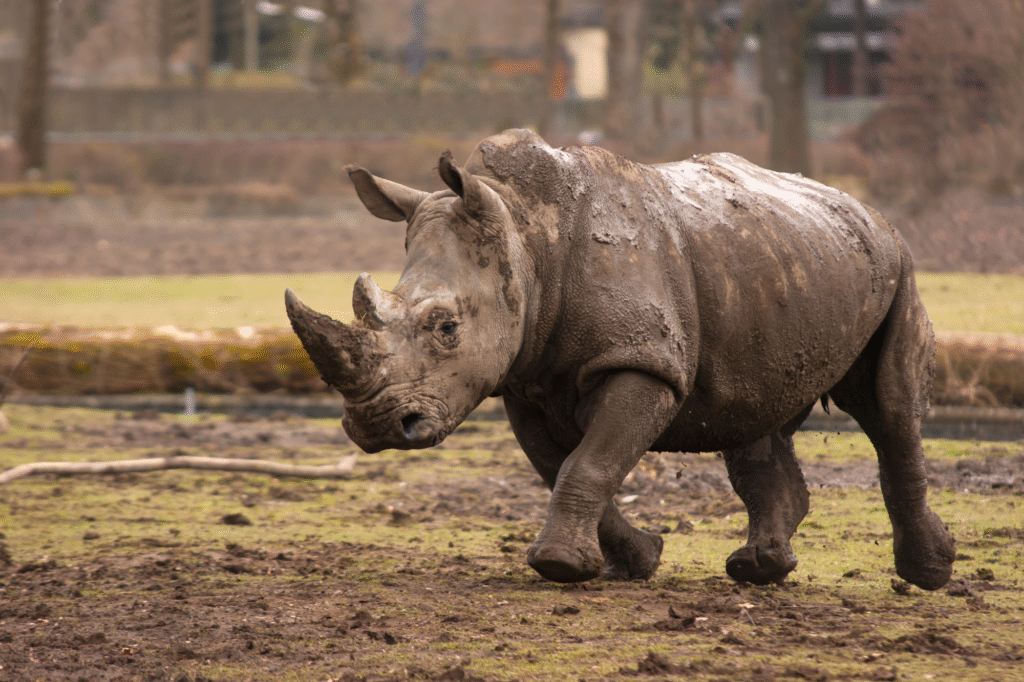
Rhinos regularly consume mineral-heavy soil and salty mud from dry pans, as stated by National Geographic. This behavior, called geophagy, helps balance minerals that grazing alone can’t provide. Calcium, sodium, and trace elements from these sites supplement their massive dietary needs.
What looks like random licking or scooping is actually a survival strategy used by several herbivores, but rhinos take it to another level by actively seeking out mineral deposits. These areas often become hotspots where other wildlife gather, creating unique moments of interaction between species drawn to the same salty spots.
3. Browsing on thorny acacia surprises everyone.
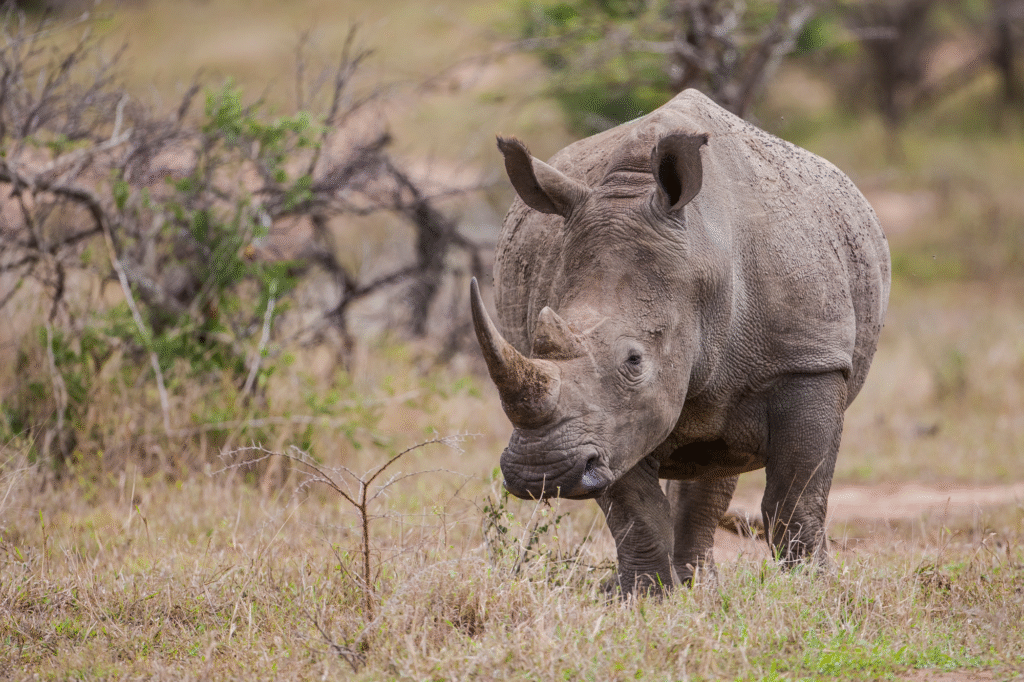
Black rhinos have no problem munching on thorn-covered acacia branches. Their pointed prehensile lips strip leaves while dodging sharp spines with surgical precision. This adaptation lets them eat where other grazers hesitate, as reported by the World Wildlife Fund.
Acacias not only provide nutrients but also stay green longer during droughts, making them a reliable source when grasses fade. The skill of choosing safe bite points without getting jabbed feels like watching slow-motion origami folding, except it’s happening inside a rhino’s mouth. Their ability to target tender leaves while avoiding thorns shows just how specialized their feeding can be.
4. They sample aquatic plants during dry spells.
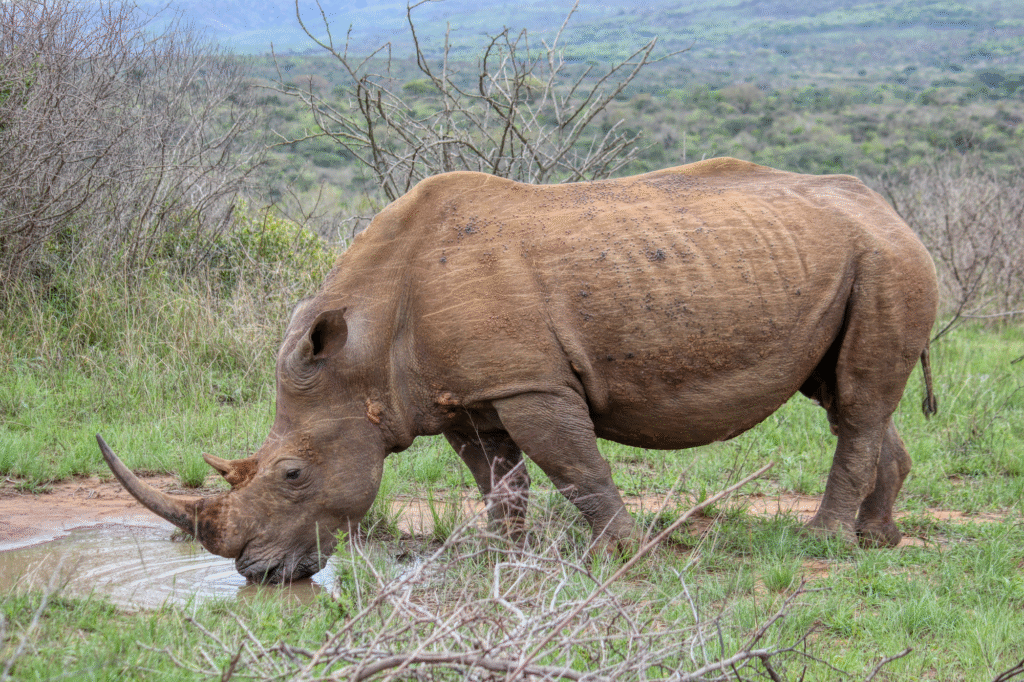
Rhinos occasionally wade into shallow wetlands to munch on water hyacinths and reeds, especially when surface vegetation thins out. These plants deliver hydration and fill a nutritional gap when regular grazing is scarce.
Though not a primary food source, their willingness to shift into these wet zones shows how flexible they can be. Watching a land titan delicately uproot floating plants feels unexpected, yet it highlights their survival-driven adaptability when seasonal changes make grasslands less reliable.
5. Bamboo becomes a backup option in some regions.
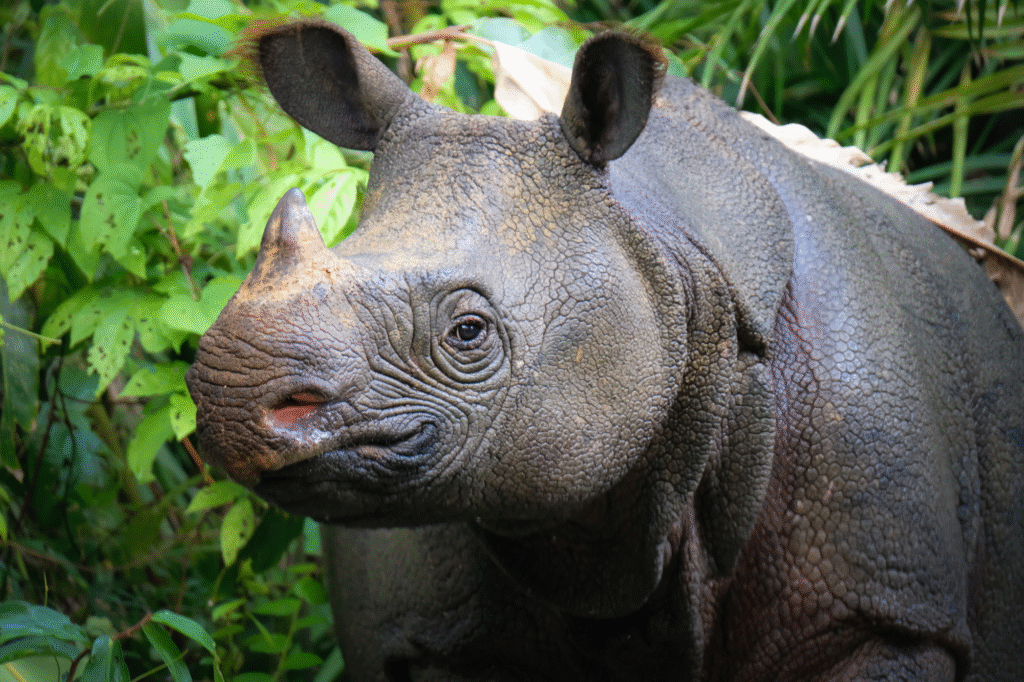
In Southeast Asia, Javan and Sumatran rhinos nibble on bamboo shoots as part of their forest browsing. Bamboo provides a mix of nutrients and fiber that works well in humid tropical settings.
This choice may seem odd compared to their African relatives, but it reflects how diet ties directly to geography. Bamboo stands act like salad bars for them, available year-round and packed with moisture, which helps keep them hydrated in dense jungle conditions.
6. Wild legumes offer hidden protein.
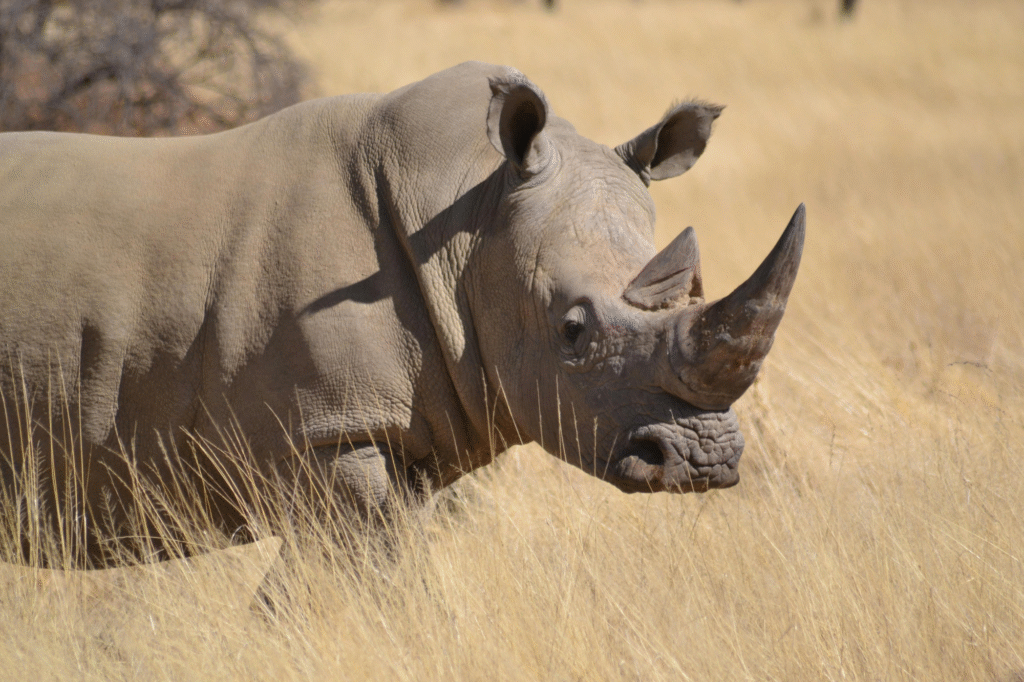
Rhinos aren’t hunting for meat, but they do target legume plants like wild beans and pea relatives. These plants contain higher protein content than grasses, which supports muscle development and overall health.
This little shift in diet is strategic, not accidental. Choosing protein-rich vegetation gives them a boost during growth phases or when recovering from injuries, essentially turning certain plants into natural supplements. They aren’t building gym bodies, but they are maximizing what nature offers.
7. Seasonal tree bark makes the menu.
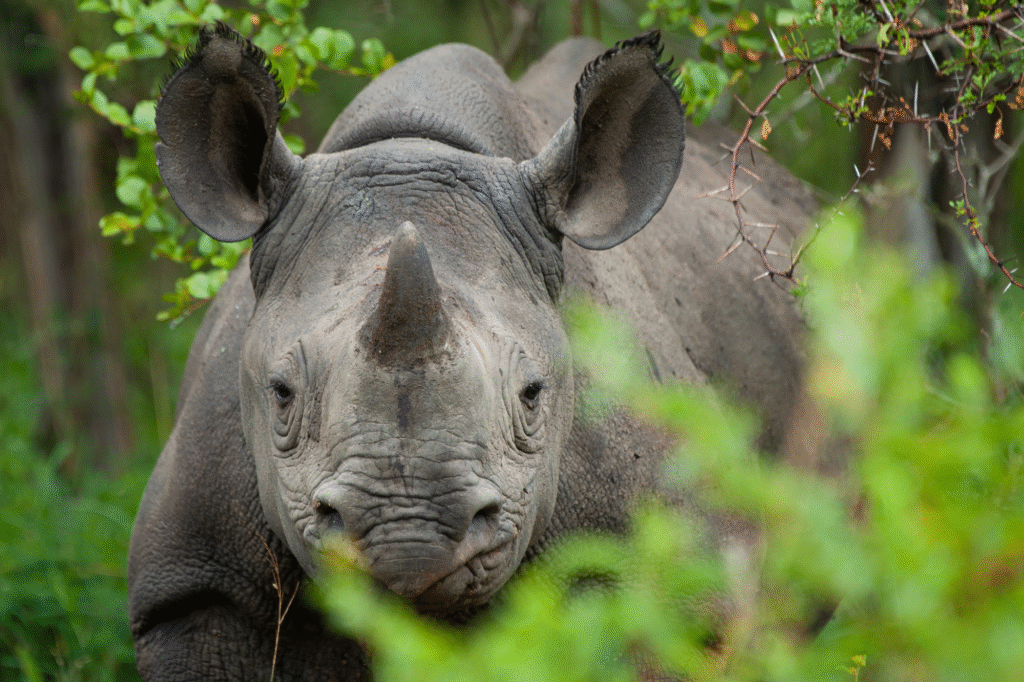
Tree bark sounds like famine food, but for rhinos, it’s a seasonal favorite. Certain bark types contain tannins and other compounds that aid digestion and add variety to their fiber intake.
Stripping bark looks dramatic, yet it’s purposeful. Rhinos choose trees with high mineral content and softer inner layers, demonstrating an awareness of what benefits their digestive systems when usual greens run thin. The behavior also reshapes habitats, inadvertently pruning tree growth and influencing local ecosystems.
8. Succulent cactus surprises in arid zones.
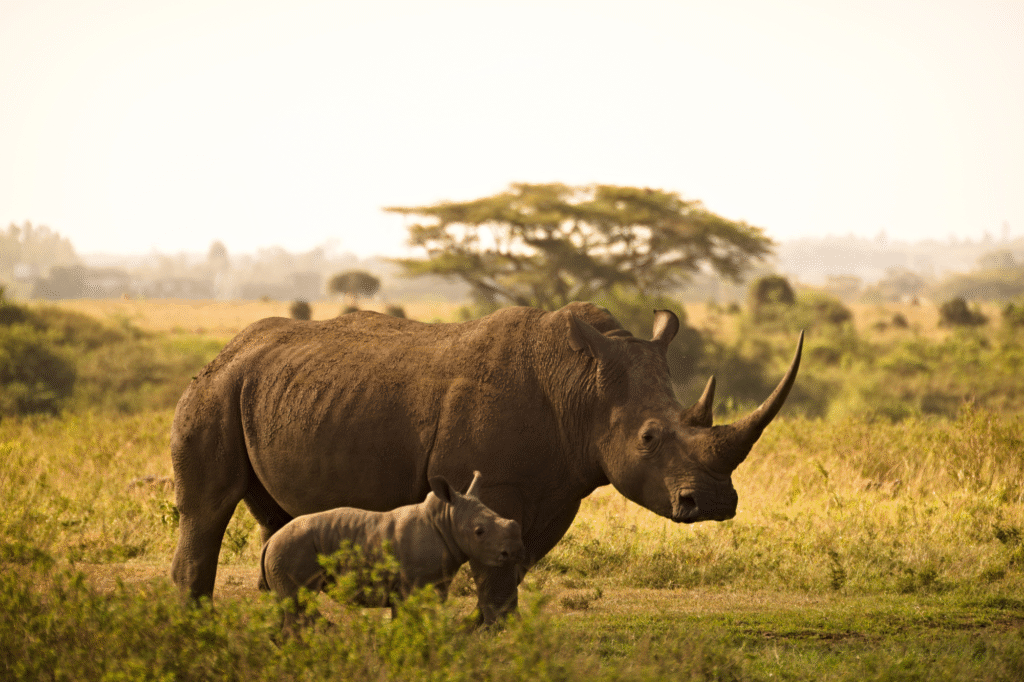
In some desert edge habitats, rhinos consume prickly pear cactus pads. The moisture and sugars in these pads offset harsh, dry seasons when little else grows.
They avoid heavy spines by choosing younger pads or flipping them with their lips, leaving the older spiked ones behind. This move shows that even bulky grazers have a delicate side when it comes to choosing food. It’s survival with a dash of ingenuity.
9. Dried seed pods become seasonal crunchies.
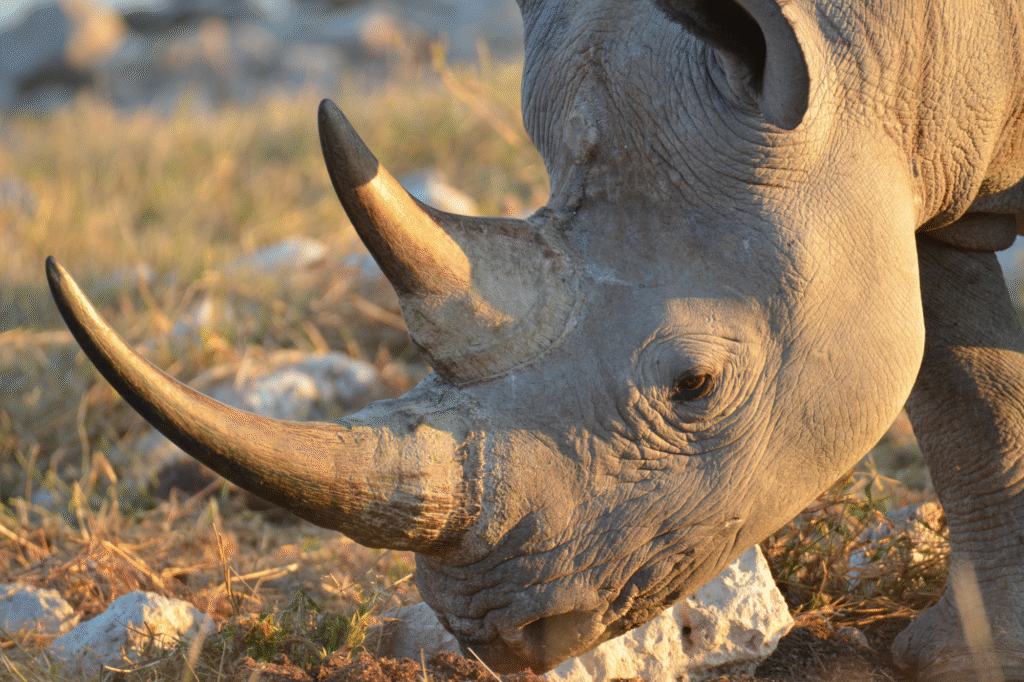
When trees like camelthorn or mesquite drop large pods, rhinos take advantage of the free snack. These pods are rich in starch and calories, acting like nature’s granola bars in dry months.
Breaking them open with their massive jaws seems effortless, and they often grind down whole clusters in minutes. That crunch not only fills them up but also gives a satisfying break from monotonous grass chewing, turning pods into rare seasonal treats.
10. Farm crops tempt them into trouble.
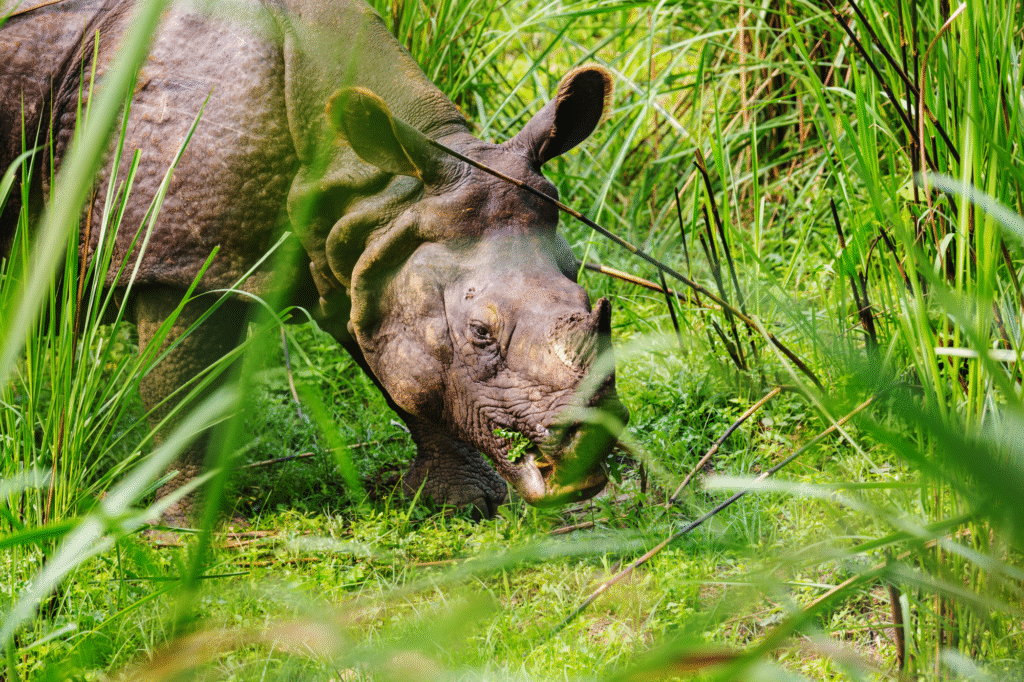
Some rhinos, especially near human settlements, raid farms for bananas, sugarcane, or corn. The calorie-rich crops prove irresistible when natural forage is scarce, even though it puts them in conflict with people.
This human-driven menu shift shows how adaptable and opportunistic they can be when survival pushes them into new spaces. It also highlights the challenge of managing human-wildlife overlap when a 2,000-pound grazer decides your cornfield looks like dinner.
